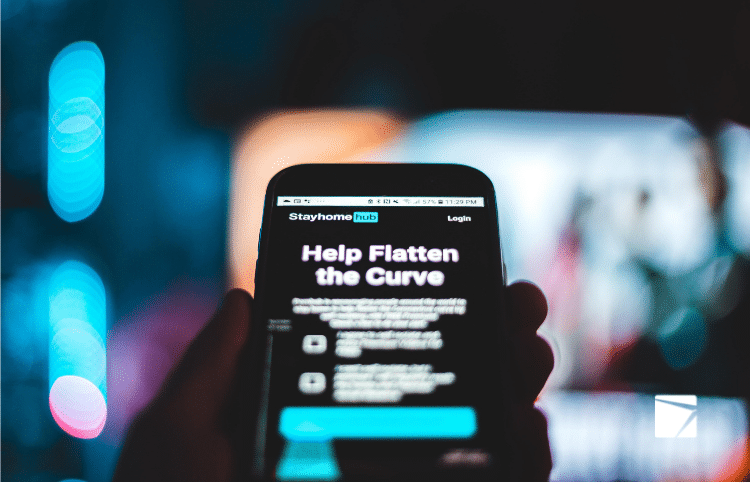
As communicators, we are meticulous about the language we use. We are taught to avoid cliché, euphemism, exaggeration, slang and buzzwords in an effort to maximize clarity and readability for our audiences.
Writers are particularly tempted to engage in jargon as it provides a sometimes clever and unique sense of expression. Buzzwords roll off the tongue with such ease that we don’t even notice the frequency with which we use them. For that reason, it is easy to become attracted to the allure of a good buzzword.
The surge in pandemic buzzwords
At the beginning of the pandemic, marketers and communicators were challenged to accurately articulate the chaos of global shutdowns and the ensuing societal impacts. As a result, wording that was used repeatedly in the news, at work, on social media and amongst family and friends morphed into jargon. Pandemic buzzwords have helped us capture a moment in time, but their overuse has created a sense of weariness and now risk becoming meaninglessness or cliched. The “unprecedented” days of “we’re all in this together” have passed, but we’re still all in this together when it comes to how we talk about the pandemic.
Over the last two years, we welcomed new buzzwords as COVID-19 progressed and circumstances continuously changed. As Canadians became frustrated with “social distancing measures” and “isolation” from loved ones, our standards increased too – if it’s not “medical-grade” it’s no good. We witnessed businesses “adapt and overcome” the ongoing hurdles as the notion to “flatten the curve” went stale. We “pivoted” to “blunt the curve,” perhaps to signal a more direct and aggressive approach to our COVID-19 mitigation efforts.
The analogies for change
Today we know that the world as we knew it will forever be different. As our societal norms adapted to fit the “new normal,” businesses and citizens across the nation discussed pandemic-driven “transformation” and the push towards a fully “digitalized” society. The transition to “remote working” and “hybrid workplaces” became increasingly more accepted as our workforce experienced revolutionary challenge and change with the “Great Resignation” and “she-session.”
In the wake of increasing “new variants,” we doubt for the end of this “pandemic era” and wonder whether there was an “end in sight.” “Now more than ever” our conversations are infused with a sense of urgency, as cabin fever and restlessness from the innumerable lockdowns sets in and we haltingly try to emerge from our COVID-19 trenches.
Light at the end of the tunnel
It’s quite possible that the buzzwords and jargon brought on by the pandemic may also recede with it. Language is a two-way street, which constantly evolves to reflect the external world, environment or our physical reality. We use it to try to make sense of our surroundings as the flexibility of language provides a coping mechanism. We create and cling to buzzwords and catchphrases because we don’t otherwise know how to make sense of this supremely bizarre experience that we have shared. So, while we didn’t know what to think of the situation, we did have a shorthand way to talk about it. By dissecting the communications we use, we better understand our collective experience.
As tired as we may now be of them, in the end, these words served us well. In them, we found comfort and a sense of community, normalcy and control. So, let’s finally get through this together and find the new words to describe whatever comes next. Perhaps the “Roaring 20s” redux?